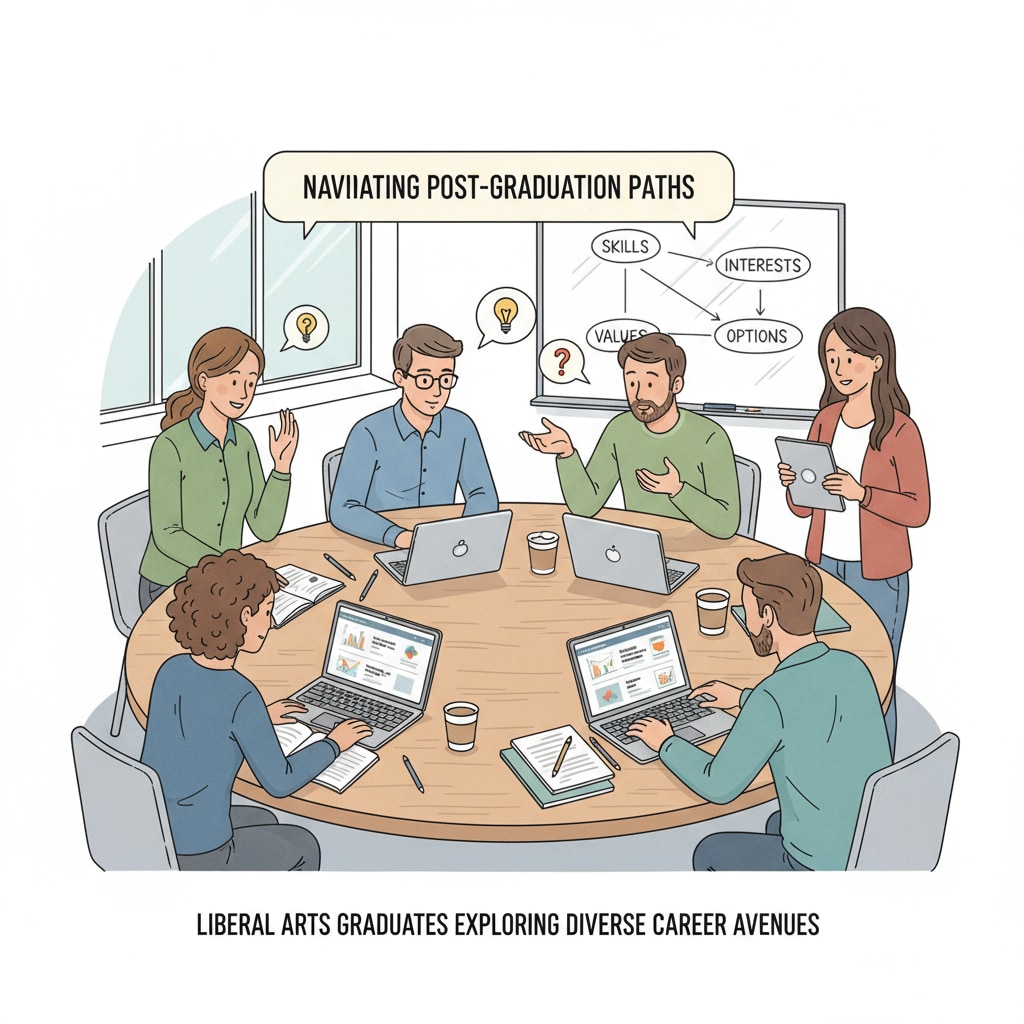Liberal arts graduates often find themselves grappling with employment dilemmas and the need for career transition. In today’s job market, the path from academic study to a fulfilling career can be particularly challenging for those with backgrounds in fields like religious studies and theology. However, there are ways to turn their unique skills and perspectives into valuable assets, especially in the K12 education sector.

The Employment Landscape for Liberal Arts Graduates
The job market for liberal arts graduates can be tough. Many companies prioritize technical skills and specialized knowledge. As a result, liberal arts graduates may struggle to find positions that align with their academic training. For example, those with a degree in religious studies might find limited direct career paths in traditional industries. According to Bureau of Labor Statistics data, certain liberal arts fields have lower starting salaries compared to more technical or business-oriented majors. This financial pressure adds to the employment dilemmas they face.
Unique Skills of Liberal Arts Graduates
Despite the challenges, liberal arts graduates possess a set of valuable skills. They have strong critical thinking abilities, developed through analyzing complex texts and ideas. Their communication skills are often top-notch, allowing them to express ideas clearly in writing and speaking. Additionally, they have a broad perspective, having studied various disciplines. Those with a background in theology, for instance, have deep insights into human values and ethics. These skills can be highly relevant in many careers, especially in education.

Transitioning into the K12 education field can be an excellent option for liberal arts graduates. In K12 education, the ability to think critically, communicate effectively, and understand different perspectives is crucial. Teachers need to engage students in meaningful discussions, present complex ideas in an accessible way, and foster a positive learning environment. Liberal arts graduates are well-equipped to do this. They can bring their in-depth knowledge of literature, history, and philosophy into the classroom, enriching the learning experience for students.
Professional Certification and Skill Reconstruction
To make a successful career transition into K12 education, liberal arts graduates may need to obtain professional certifications. These certifications ensure that they have the necessary teaching skills and knowledge. For example, in many states, teachers are required to pass a certification exam. There are also various training programs available that focus on teaching methodologies and classroom management. By investing time in these certifications and training, liberal arts graduates can enhance their competitiveness in the education job market. They can also engage in skill reconstruction, highlighting their existing skills and learning new ones relevant to teaching, such as using educational technology effectively.
Value Repositioning in the Education Sector
Liberal arts graduates need to reposition their value in the education sector. Instead of seeing their academic background as a limitation, they should emphasize how it can benefit students. For example, a graduate with a religious studies background can introduce students to different religious and cultural traditions, promoting tolerance and understanding. By demonstrating the unique value they bring, they can find rewarding careers in K12 education. This not only helps them overcome employment dilemmas but also allows them to contribute meaningfully to the education of the next generation. National Education Association resources can provide valuable insights on how to effectively reposition oneself in the education field.
In conclusion, liberal arts graduates facing employment dilemmas can find a viable career path through career transition into the K12 education sector. By leveraging their unique skills, obtaining professional certifications, and repositioning their value, they can turn their academic training into a fulfilling and rewarding career in education.
Readability guidance: This article uses short paragraphs and lists to summarize key points. Each H2 section provides relevant information in a clear manner. The passive voice and long sentences are kept to a minimum, and transition words are used throughout to enhance readability.


